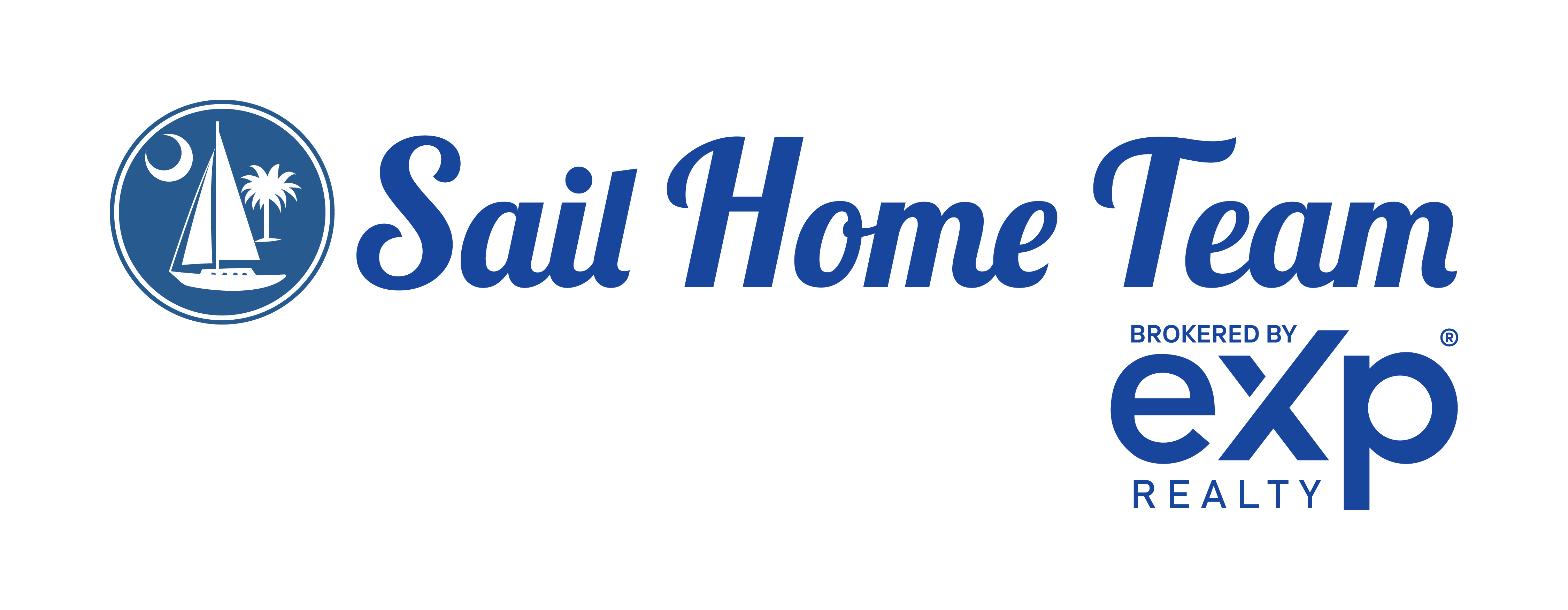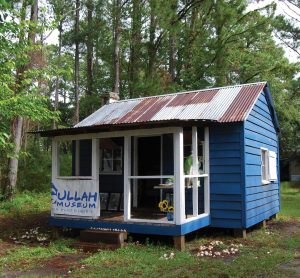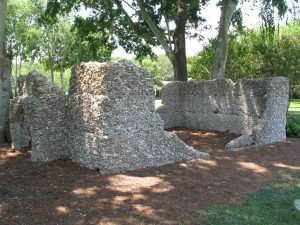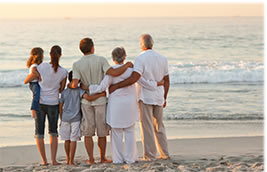

Hilton Head Island, Bluffton, & The Surrounding SC Lowcountry
Blog
Oct 13, 2015
 Thinking of taking a day trip over to Daufuskie Island? The only way to get over to Daufuskie Island is using the ferry or a boat. It is a quiet and peaceful, secluded oasis that rests right off the coast of Hilton Head Island, SC.
Thinking of taking a day trip over to Daufuskie Island? The only way to get over to Daufuskie Island is using the ferry or a boat. It is a quiet and peaceful, secluded oasis that rests right off the coast of Hilton Head Island, SC.
Daufuskie Island is rich with history that dates back over 9,000 years ago!
The name, Daufuskie, is believed to come from the Muscogee language, meaning “sharp feather,” for the island’s distinctive shape. Another theory of how Daufuskie got it’s name is through the Gullah; Daufuskie is the first “key” or island in the group of the sea islands that make up Hilton Head, Pinckney, St. Helena and Bull Island. Say Daufuskie really slow and sound it out… “Da-fust-key”, Daufuskie!
The first people believed to live on Daufuskie Island were the Native Americans. Native artifacts found on Daufuskie date back at least nine thousand years. Ancient piles of oyster shells testify that people found abundance and contentment on the island before time was counted.
The Spanish claimed Daufuskie Island and the majority of the eastern coast of the United States in 1521, yet a French expedition settled nearby anyway, giving Port Royal its name, in 1525. The native people who already thrived here took little notice of their new neighbors.
In 1684 the Scots Henry Erskine, Lord Cardross, settled in Port Royal. The Spanish soldiers enlisted native warriors to join forces with their three Spanish galleys and drive the Scottish settlers from their tiny Stewart Town. A “Native American” uprising brought with it three battles on our southwestern shore between 1715 and 1717, and gave it the name it bears today, Bloody Point.
The quest for religious freedom finally brought two European families to Daufuskie to stay. The French Huguenot family of David Mongin came to the new world in 1685. Mongin’s great grandson settled with his wife, Sarah Irwin, on Daufuskie Island around 1812.
Daufuskie was even the home of Itlalian Royalty! The Italian Prince Filippo di Martinangelo fled the Inquisition about 1740 and settled in America as Phillip Martinangele. His daughter, Mary, is buried on Daufuskie Island, and the Mary (Martinangele) Dunn cemetery is worth a quiet visit.
The Mongin and Martinangele family stories became intertwined even though the former were Whigs and the latter were Torries during the American Revolution. Eventually the Mongin family had acquired 11 of the 12 plantations on Daufuskie Island. The 300-acre Mary Dunn property was the only exception.
Rice and cotton were the plantation crops of the Carolina Lowcountry, and the cotton grown on Daufuskie – Sea Island cotton – was for generations considered the best in the world. (The curiously brand-conscious author of the James Bond novels, Ian Fleming, wrote that Bond preferred Sea Island cotton for his shirts.) The intensive labor that produced these crops came from West African slaves. Their strength and spirit still pervade the island, even as the numbers of their descendants who live here dwindle. Something about nature defies commerce to a degree, and the values of these descendants kept the nature of Daufuskie alive when commerce moved elsewhere.
The Gullah language is a legacy of the people who stayed on when the plantations folded up. The Lowcountry was out of the way until halfway through the 20th Century, and Daufuskie was even more remote than that. This preserved the manners and the speech of the African descendants who lived here in a way that no historical record ever could have done. The patois of West African and rural English dialects has endured. It is direct, rhythmic, colorful – and endangered. When you hear it, do treasure it, for it is not heard much anymore.
Plenty of islanders will tell you that the island’s history is still alive. All over Daufuskie, you will notice many homes with “heaven or haint blue” shutters and doors. This is because of an old Gullah tale, many islanders just assume that spirits are their neighbors.
“De Ole Gullah say,
‘De blu keeps dem Haints away.’
Creatures of the night won’t pass through
Openings painted Heaven Blue.”
 In the mid-1980’s, a large timber company and group of local investors buy the Haig’s Point and the Melrose plantations. The luxury residential club at Haig Point began with hiring an archaeologist and historical architects. They dated the tabby ruins that stand near the northern tip of the island and located the foundation of the large mansion that stood there. The beauty and grace of Haig Point today reflect the sensibility of that beginning. The Melrose resort brought a Jack Nicklaus golf course and other amenities.
In the mid-1980’s, a large timber company and group of local investors buy the Haig’s Point and the Melrose plantations. The luxury residential club at Haig Point began with hiring an archaeologist and historical architects. They dated the tabby ruins that stand near the northern tip of the island and located the foundation of the large mansion that stood there. The beauty and grace of Haig Point today reflect the sensibility of that beginning. The Melrose resort brought a Jack Nicklaus golf course and other amenities.
Daufuskie Island is now home to world class resorts, golfing, horseback riding, art galleries and more. Definitely worth going for a day or even a couple of days to indulge yourself with it’s Lowcountry Charm.


If you want to make a little piece of The Island your own, you need more than just a road map and a REALTOR. You need a partner who can make things happen.
Lifestyle
Communities
Activities
Home Sales Hit a Record-Setting Rebound
Jul 24, 2020